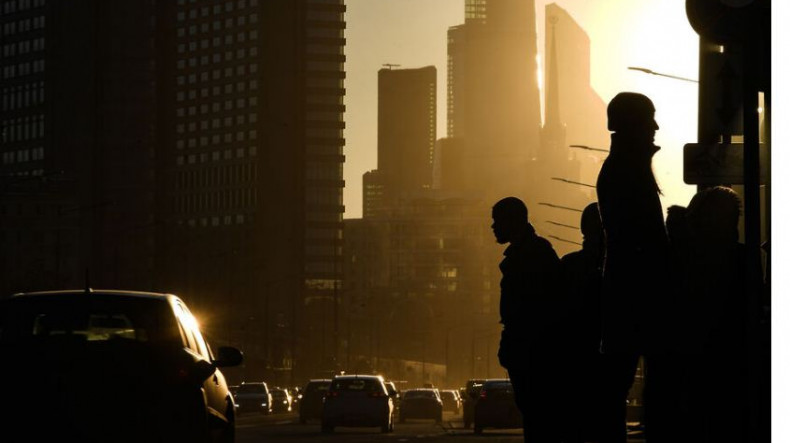
99% of world's population exposed to unhealthy levels of tiny air pollutants, study finds
Nearly the entire global population is exposed to very fine air and harmful air pollutants that can be harmful to health, a new study found.
The study, published in The Lancet Planetary Health journal, found that about 99 percent of the global population is exposed to these tiny and harmful air pollutants, which are known as particulate matter (PM) 2.5, The Hill reported.
The research used daily and annual PM 2.5 readings from countries all over the globe between 2000 and 2019, and the results showed that the highest concentration levels were recorded in eastern Asia, southern Asia and northern Africa.
The study ultimately found in 2019 that only .001 percent of the global population and 0.18 percent of the global land area is exposed to safe levels of PM 2.5 recommended by the World Health Organization (WHO).
Daily levels of the harmful air pollutants decreased in Europe and North American during this time period, but increased in southern Asia, Australia, New Zealand, Latin America and the Caribbean. More than 70 percent of the days recorded in that time period saw higher levels of PM 2.5 than what the WHO recommends are safe levels, according to the study.
In eastern Asia and southern Asia, the research found that 90 percent of the days had concentrations of PM 2.5 higher than the recommended amount.
“It provides a deep understanding of the current state of outdoor air pollution and its impacts on human health,” the study’s lead researcher, Yuming Guo, said in a press release. “With this information, policymakers, public health officials, and researchers can better assess the short-term and long-term health effects of air pollution and develop air pollution mitigation strategies.”
Northeast China and north India recorded more unsafe levels during their winter months, and eastern areas in northern America had higher concentrations during the summer months.
“We also recorded relatively high PM 2.5 air pollution in August and September in South America and from June to September in sub-Saharan Africa,” Guo said in the release.
Newsfeed
Videos






























